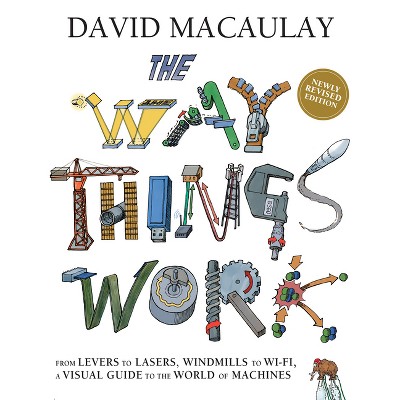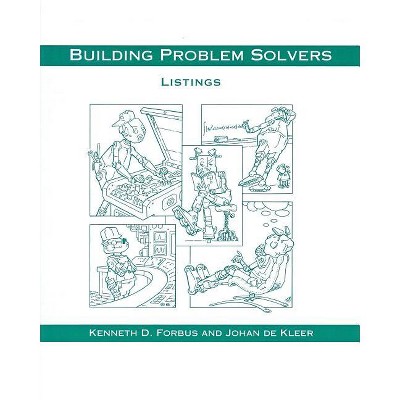About this item
Highlights
- John Carroll shows how a pervasive but underused element of design practice, the scenario, can transform information systems design.Difficult to learn and awkward to use, today's information systems often change our activities in ways that we do not need or want.
- About the Author: John M. Carroll is a professor in the School of Information Sciences and Technology at Penn State University, University Park, PA.
- 382 Pages
- Computers + Internet, Software Development & Engineering
Description
About the Book
John Carroll shows how a pervasive but underused element of design practice, the scenario, can transform information systems design.Book Synopsis
John Carroll shows how a pervasive but underused element of design practice, the scenario, can transform information systems design.Difficult to learn and awkward to use, today's information systems often change our activities in ways that we do not need or want. The problem lies in the software development process. In this book John Carroll shows how a pervasive but underused element of design practice, the scenario, can transform information systems design. Traditional textbook approaches manage the complexity of the design process via abstraction, treating design problems as if they were composites of puzzles. Scenario-based design uses concretization. A scenario is a concrete story about use. For example: "A person turned on a computer; the screen displayed a button labeled Start; the person used the mouse to select the button." Scenarios are a vocabulary for coordinating the central tasks of system development--understanding people's needs, envisioning new activities and technologies, designing effective systems and software, and drawing general lessons from systems as they are developed and used. Instead of designing software by listing requirements, functions, and code modules, the designer focuses first on the activities that need to be supported and then allows descriptions of those activities to drive everything else. In addition to a comprehensive discussion of the principles of scenario-based design, the book includes in-depth examples of its application.
Review Quotes
"Carroll draws on an impressively large body of research to present the most thorough treatment yet of a powerful idea: employing scenarios to make sure user interfaces are designed for the way people actually "use" things. How much easier the world would be if everybody followed his advice."--Jakob Nielsen, Co-Founder, Nielsen Norman Group, and author of "Designing Web Usability: The Practice of Simplicity"
"Masterfully written, deep, and thoughtful. The book goes directly to the essential questions of HCI design--what will users seek to accomplish, what understandings will they bring, and how can the system respond to users' needs?"--Jim Foley, Georgia Institute of Technology
About the Author
John M. Carroll is a professor in the School of Information Sciences and Technology at Penn State University, University Park, PA. He has been elected into the CHI Academy by The Association for Computing Machinery's Special Interest Group on Computer-Human Interaction (ACM SIGCHI) in recognition of his outstanding leadership and service in the field of computer-human interaction.












